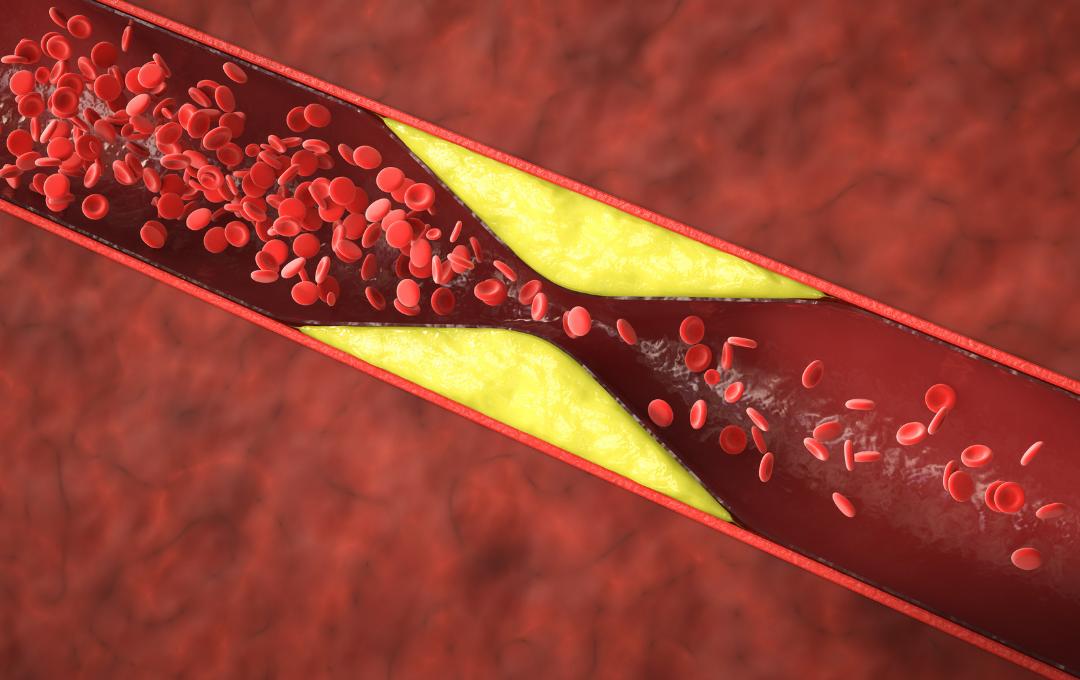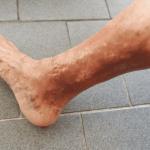
Blood clots, often referred to as deep vein thrombosis (DVT) when they form in deep veins, can pose serious health risks if not detected in time. When a clot breaks loose and travels to the lungs, it can cause a pulmonary embolism (PE) — a medical emergency that requires immediate attention.
The good news is that early detection and preventative care can make a major difference. At USA Vein Clinics, we help patients understand the warning signs, take preventive action, and protect their vein health before problems escalate.
Understanding Blood Clots
A blood clot forms when blood changes from its liquid state into a gel-like or solid clump. This natural process helps stop bleeding when you’re injured, but a clot that forms without injury — especially in a deep vein — can be dangerous. These clots often develop in the legs but may also form in the arms, pelvis, or other areas, silently disrupting circulation.
Certain factors can raise your risk. Prolonged sitting during long flights, car rides, or desk jobs slows blood flow. Varicose veins and chronic venous insufficiency weaken the vein walls and valves, increasing the likelihood of clotting. Surgery, pregnancy, smoking, dehydration, and even family history also contribute to higher risk.
Early Warning Signs
Catching a clot early depends on recognizing the signs. A blood clot in the leg or arm often causes swelling, pain, and tenderness. You may also notice that the skin feels warmer than usual or that it appears red, bluish, or unusually pale.
If a clot travels to the lungs, the situation becomes more urgent. Pulmonary embolism symptoms include:
-
Sudden shortness of breath
-
Sharp chest pain that worsens when you take a deep breath
-
Rapid heartbeat or lightheadedness
If you experience any of these symptoms, seek medical care immediately.
Who Is Most at Risk
While blood clots can affect anyone, some people are at greater risk. You may be more vulnerable if you:
-
Sit for long periods during travel or work
-
Have varicose veins or a history of vein disease
-
Are pregnant or recently gave birth
-
Have recently undergone surgery or sustained an injury
-
Smoke, are overweight, or have certain chronic health conditions
-
Have a family history of clotting disorders
Knowing your personal risk factors helps you stay alert and take preventive measures.
Prevention Starts with Awareness
Taking small but consistent steps each day can significantly reduce your risk of developing a blood clot. Staying active is one of the most effective strategies. Short walks, calf stretches, or even standing up regularly during long periods of sitting can help keep blood moving.
Here are some additional ways to reduce your risk:
-
Stay hydrated to keep blood flow smooth.
-
Wear compression stockings if you have vein issues or spend long hours standing or sitting.
-
Avoid smoking and maintain a healthy weight.
-
Check in with a specialist if you have symptoms of vein disease, like heaviness, swelling, or visible varicose veins.
Listening to your body and acting early is key — especially if you already have a history of vein problems or blood clots.
The Role of Vein Health
Healthy veins are essential for healthy circulation. Conditions such as chronic venous insufficiency and untreated varicose veins not only affect daily comfort but can also increase your risk of clotting. Regular check-ups with a vein specialist can detect issues early, allowing for timely, minimally invasive treatments that improve circulation and reduce long-term risks.
At USA Vein Clinics, our experienced physicians specialize in advanced procedures that are performed in the comfort of our outpatient clinics, helping patients return to normal activities quickly while improving their overall vein health.
When to See a Vein Specialist
If you notice leg swelling, unexplained tenderness, or skin discoloration, don’t wait to get evaluated. Even if you aren’t experiencing symptoms but have known risk factors — such as recent surgery or a family history of clotting — it’s wise to schedule a screening.
Early detection allows for immediate treatment and significantly lowers the chance of complications, making it an important part of maintaining long-term vascular health.
Take Control of Your Health
Blood clots don’t have to catch you by surprise. By knowing the risk factors, recognizing the warning signs, and taking steps to maintain good circulation, you can protect yourself from serious complications.
If you’re concerned about your vein health or want to better understand your risk for blood clots, schedule a consultation with USA Vein Clinics today. Our nationwide network of specialists is here to guide you toward healthier, safer veins — because early action saves lives.





